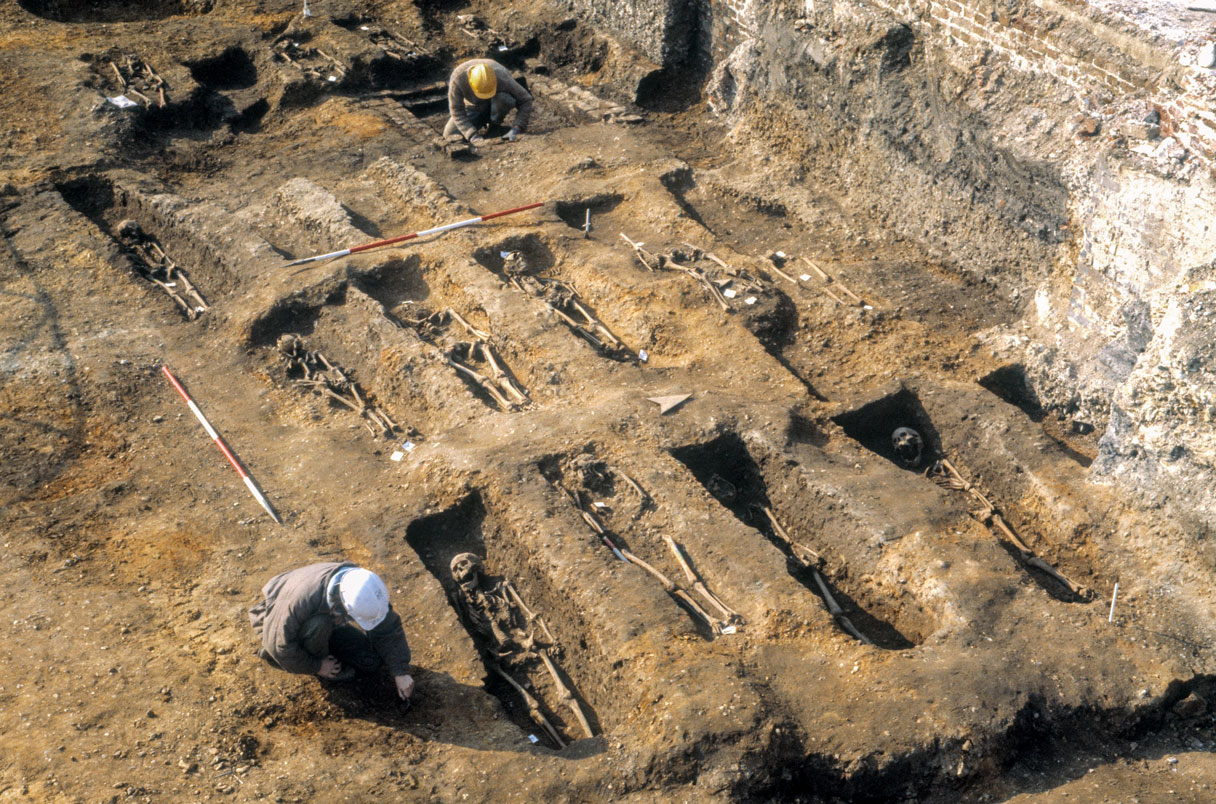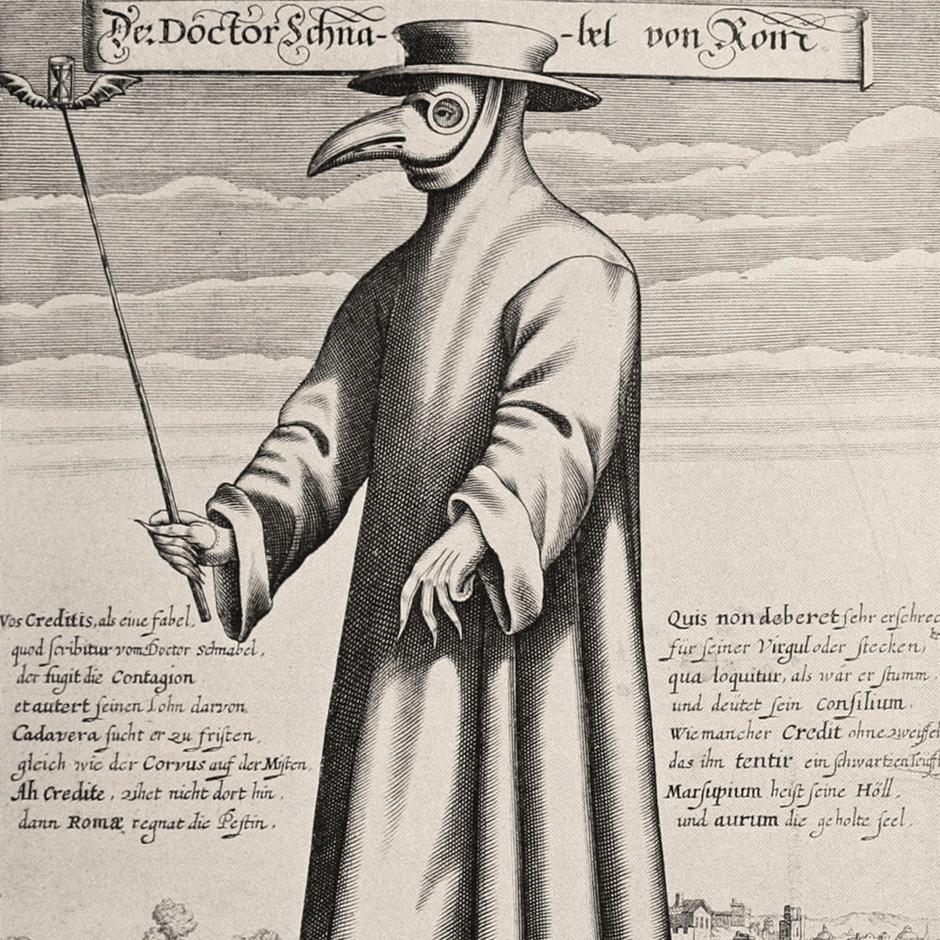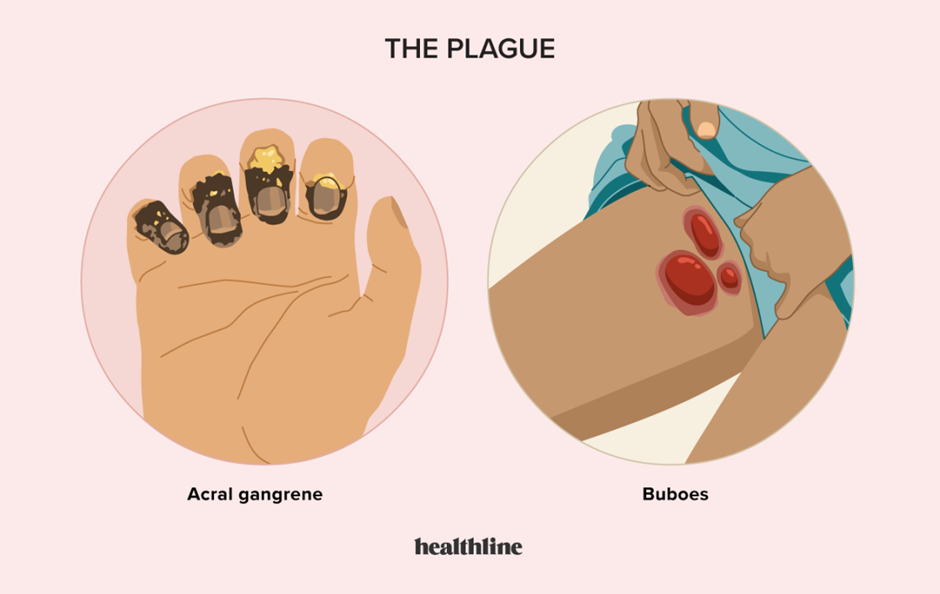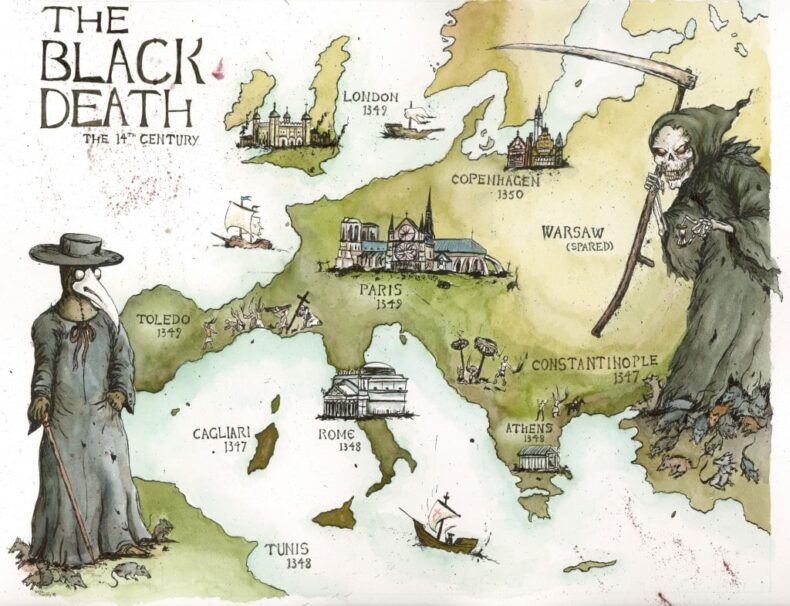Black Death pandemic is probably one of the deadliest in human history as its death toll was enormous and the suffering was horrible. There has been an estimated death toll of 40–60% of the population dying in Europe alone. It took a couple of centuries for the European population to recover.

The history of the Black Death
It is said that the ship came in October 1347 from Crimea and Asia, and docked in Messina, Sicily. The ship brought not only sailors but rats as well. The Black Death was brought with them, aka the Bubonic Plague. People in Europe already knew about the plague that killed millions of people in Asia, but they were not concerned as they didn’t think it would reach their homeland.
According to one report, 20 million people died as a result of the plague, but only in Asia, which is an understatement given that at least 25 million people died in Europe, and Asia is much larger. Half of Paris’s population died as 100,000 people succumbed to the bubonic plague. Florence’s population decreased to just 50,000 from 120,000 in 1351. The Black Death was practically a disaster and unparalleled in human history.
Current Importance
The Black Death caused so much devastation that it left a genetic mark on humanity. Even after 700 years, it is still affecting our health.
Nearly half of Europe’s population died in the Black Death pandemic in the mid-1300s and lasted for centuries in waves.

Scientists have found a genetic mutation that helped people survive the Black Death after analyzing centuries-old skeleton DNA. But those mutations are being linked to people suffering from auto-immune diseases.
The Black Death caused an estimated death toll of 200 million people. It was certainly one of the bleakest and deadliest moments in human history.
It has been suspected by researchers that an event like that must have played a role in shaping the evolution of humans. The 206 teeth of ancient skeletons were analyzed and accurately predicted their date. Some were before, during, and after the Black Death. There were bones from the East Smithfield plague pits in the analysis. This pit was a site of mass burials in London. There were also samples coming from Denmark as well.
This analysis helped pinpoint the gene that mutated, called ERAP2. This was published in the journal Nature. People were 40% more likely to survive the plague if they had the right mutation.
Professor Luis Barreiro, from the University of Chicago, has said that it is huge both in effect and surprise to be able to find in the human genome something like this.
The work of the gene is to make a protein that cuts the invading microbes. The protein then shows it to the immune system, which in turn makes the immune system more effective in recognizing and dealing with the enemy.
There are different versions of this gene that can be put into two different categories. Some work well and those do absolutely nothing. So if you were lucky, you’d get the working versions of the gene from both the parents and most likely survive, and their generations carried on this gene with them.

Evolutionary geneticist Professor Hendrik Poinar, from McMaster University, said that this is the strongest selection event in humans to date, with this 10% shift in just 2-3 generations.
This was tested in an experiment with the plaque bacterium Yersinia Pestis. It was found that the blood of people with useful mutations was more able to resist infection than that of those who didn’t have this mutation.

These useful mutations are more common now than they were before the Black Death. The only problem is that they have been linked with auto-immune diseases like the inflammatory bowel disease called crones. This is what helped your ancestors stay alive 700 years ago, but now it could be a health problem.
We can sense the effects of other historical influences on our DNA. Our capacity to respond to illnesses like COVID is influenced by the 1-4% of current human DNA that results from our ancestors’ mating with Neanderthals.
Therefore, those scars from the past continue to have a fairly amazing influence on our vulnerability to disease now, according to Professor Barreiro.
According to Professor Barreiro, the 40% survival advantage was the “strongest calculated selected fitness effect in humans.” Although he cautions that precise comparisons are difficult, it appears to dwarf the advantage of HIV-resistance genes or those that aid in the digestion of milk.
However, the COVID-19 pandemic will not leave a comparable legacy.
Your capacity to reproduce and pass on your genes is how evolution works. COVID mostly kills the elderly, who have passed the reproductive age.
The plague’s capacity to kill people of all ages and in large numbers meant that it had a long-lasting impact.
Read More: https://tdznkwjt9mxt6p1p8657.cleaver.live/racism-in-australian-netball-off-court-shutdown/













